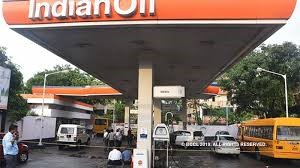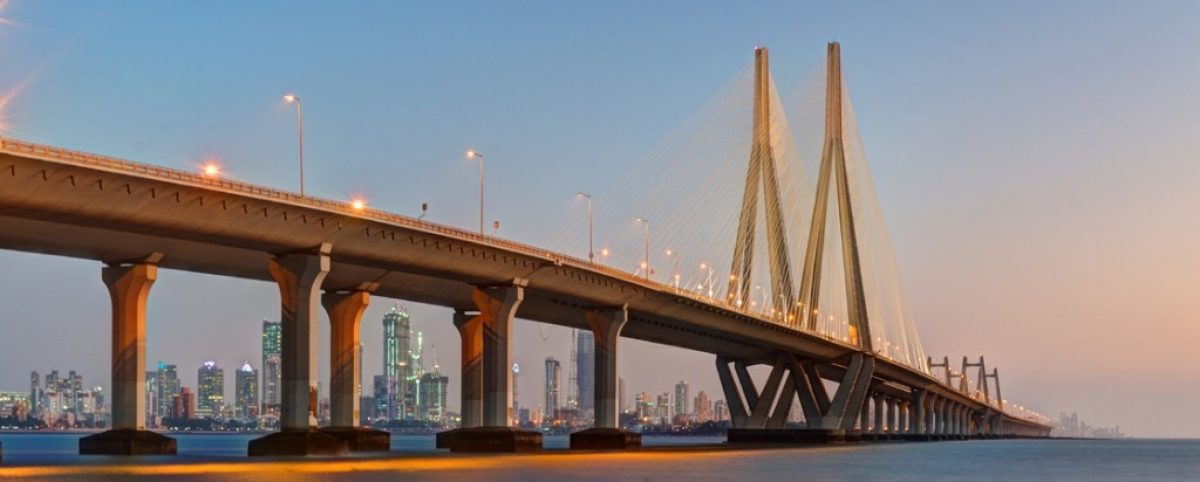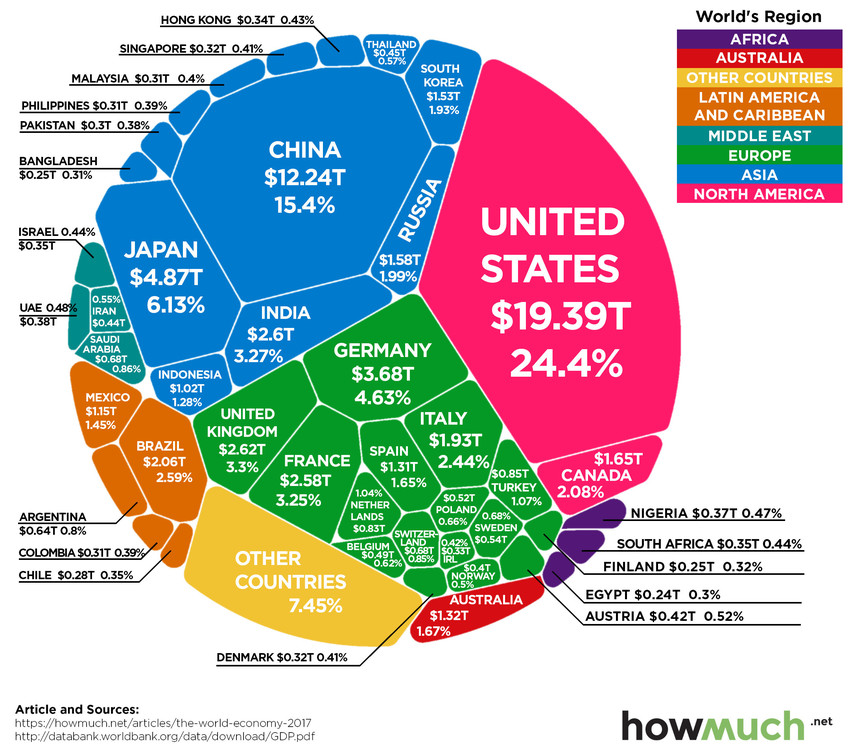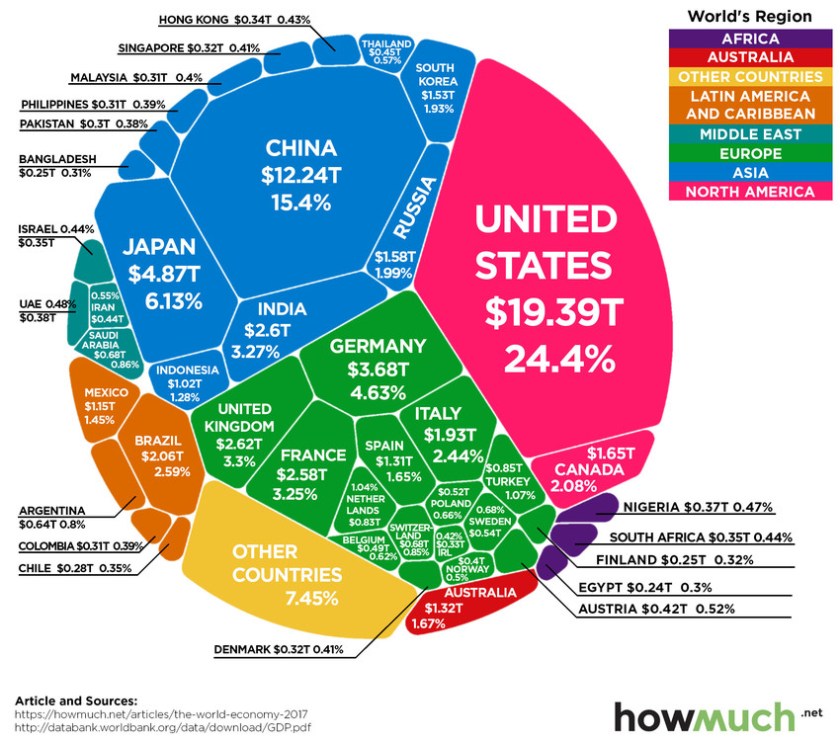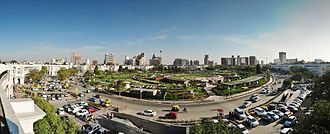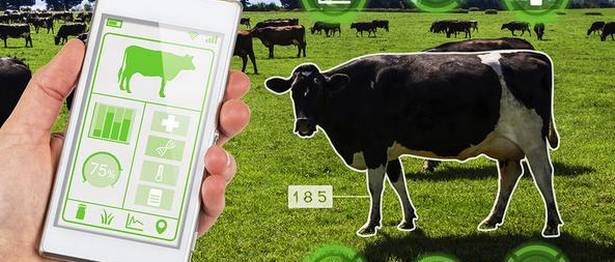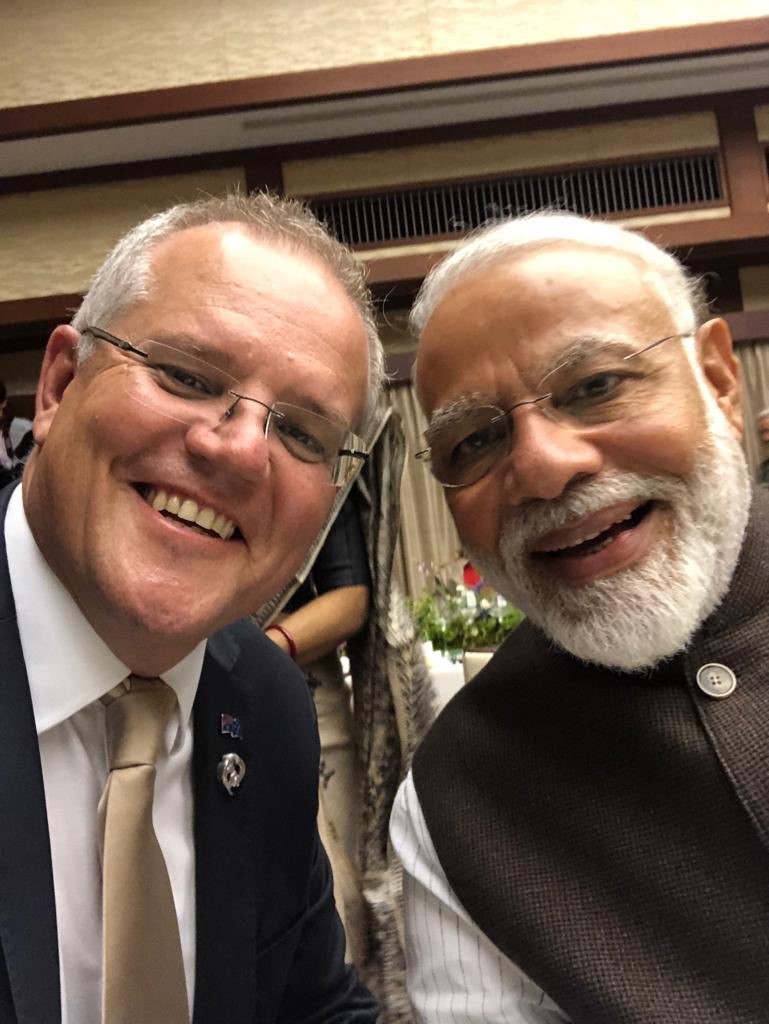Austrade’s Senior Trade and Investment Commissioner in India, Dr Matthew Durban, (pictured below) analyses opportunities presented by India in this article for Austrade’s Insights. (Extracts)

With trade wars, powerful neighbours, and the odds on a recession narrowing within the next two years, considering Indian market entry has never been more mission-critical for Australian business.
- In 2018, Australia’s total exports to India grew 10% to A$22.3 billion. India ranked number five in Australia’s export destinations.
- Two-way trade increased by a similar percentage to A$30.4 billion, making India Australia’s sixth largest two-way trade partner.1
- Australian investment in India increased almost 12% to A$15.6 billion, slightly ahead of India’s investment in Australia at A$15.1 billion.2
However, according to the Australian Bureau of Statistics, in 2016–17 (the latest year for which there is data), only 2,087 exporters engaged with India, compared to 7,214 for China.3
Opportunities for Australian business
The election was largely fought on national security and rural support. However, Austrade has extrapolated opportunities for Australia business from past performance and Austrade’s Indian post network.
Mining equipment, technology and services (METS)
Minerals and fuels already account for almost A$13 billion or 75% of Australia’s total merchandise exports to India. Industry sources suggest the new government will restart the auction of currently moribund coal mines and allow 100% foreign direct investment.
The government is under pressure to meet projected energy demands and accelerate electrification. According to the BP Energy Outlook 2019, coal’s share in India’s primary energy consumption will decline from 56% in 2017 to 48% in 2040.7 But that is still nearly half of the total energy mix and way ahead of any other source of energy.
This will create ongoing demand for Australian METS, two-way mining investment in strategic minerals (this includes coking coal, rare earths and battery minerals), and trade in renewable technologies as well as smart infrastructure.
Food and agriculture
Demand for safe, reliable and quality Australian foods will continue in light of India’s projected population growth.
India’s already very large population will surpass China’s within the next decade. Population growth, currently at 1.1%, is expected to continue until mid-century, reaching an estimated 1.68 billion in the 2050s.8 Though the number of children has peaked, the workforce will continue to expand. According to Bain & Co, the growth of the Indian middle class will lift nearly 25 million households out of poverty. In addition, India will have 700 million millennials and Gen Z (those born between 1995 and 2009) consumers, who have grown up in a more open and confident country.9
The retail landscape in rural regions is developing, with large retailers such as Future Group opening supermarkets in tier-two and -three cities to cater to the nearby regions. Government support in establishing infrastructure facilities, such as cold storage, rural electrification and the internet, is likely to further drive further growth.10
The growth in modern retail opens up opportunities for Australian businesses to supply healthy, high-quality and nutritious packaged goods. Eighteen Australian brands are currently active in the market and there is room for many more.
Education and training
According to India’s human resource development ministry, the Modi Government will focus on setting up teacher training centres and increasing the intake capacity of Indian institutes in engineering, management, science and law by 50% over the next five years.
Telecommunications
Indian telecommunication companies are set to push ahead with investment in broadband infrastructure.11 The advent of 5G, autonomous technologies, edge computing and a digital marketplace for services will need to be balanced with the government’s desire to champion low-cost access, data localisation and e-commerce regulation.
Mitigating the risks with a tailored strategy
Execution remains the single largest risk for India. Doing business in India takes time. India is a diverse country, with 29 states and seven union territories, 22 official languages and innumerable dialects.
Local representation and careful location selection are essential to bridging gaps in understanding and miscommunication. And Australia can start from a position of strength. People-to-people ties are strong and growing. Around one in 50 Australians today (2.4%) were born in India12 and more than 108,000 Indian students enrolled to study in Australia at the end of 2018 – a 20% increase on 2017.13
For the Australian Government’s part, Peter Varghese’s India Economic Strategy lays out the opportunity by sector and geography to 2035. This has been well received by the Indian Government, and the Indian response – an economic strategy for Australia – is expected in the second half of 2019.
Austrade has been operating across India for more than 30 years and has experienced commercial representatives in six major hubs: Delhi, Mumbai, Chennai, Kolkata, Hyderabad and Bangalore. Contact any of our team in-market to learn more.
Dr Matthew Durban is Austrade’s Senior Trade & Investment Commissioner in India with responsibility for Austrade Posts in Mumbai, Bengaluru, Hyderabad and the in-market Resources & Energy industry team. He has almost 30 years’ commercial experience across five countries.


